Use Cases
Diagnosis of fever without an apparent source and differentiation between viral & bacterial infections
Bacterial and viral infections often appear with similar symptoms. Fever without a source is often difficult to diagnose and requires multiple analysis, both for understanding the cause and for establishing a prognosis. However, early diagnosis and rapid initiation of treatment are crucial to control infectious diseases. MultiLab will propose a new precise medicine method for rapid and accurate diagnosis. The fundamental advantage is the possibility to simultaneously quantify multiple targets of different nature: bacteria, viruses, enzymes, proteins, RNA.
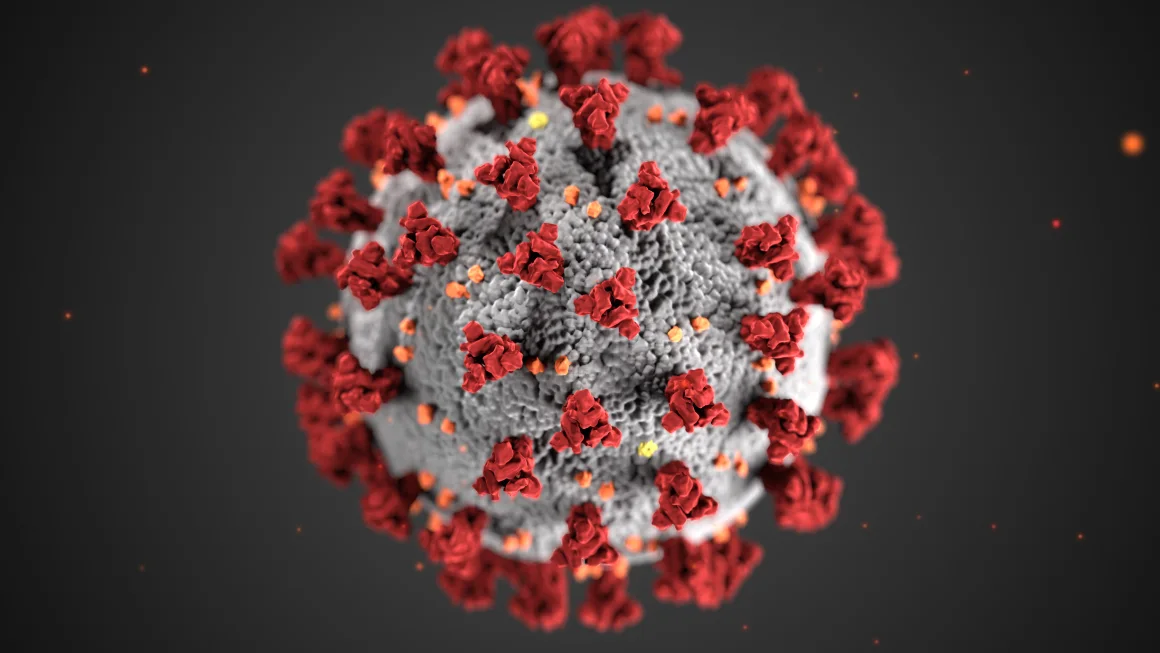
Early warning systems for HAB
Eutrophication of surface waters can lead to the formation of harmful algal blooms (HABs) that directly affect water quality. Old techniques cannot be applied as an early warning tool, causing a big gap in monitoring tools for continuous analysis of water quality. MultiLab will provide an IoT-enabled, affordable, and reliable monitoring tool, facilitating early warning for HABs. The system will monitor the possibly developing bloom and will automatically analyze water samples. This will allow exploiting predictive models for confident early warning in freshwaters.

Work Packages
WP2 – Case Studies
WP2 focuses on identification of key stakeholders and collection of related requirements.
WP3 – Optical bio-sensing modules development
WP3 aims for the design, development and optimization of the MultiLab sensing modules (AWG, PTS, ECL).
WP4 – PIC platform and sensors integration
WP4 will focus on PIC platform design & manufacturing. The sensing modules and the microfluidic module will be optimized and integrated on PICs.
WP5 – Instrument development and data platform
WP5 will look further into the design & the development of the optical readout module, integrating the two versions of the MultiLab instrument prototypes, and the ML-enabled data platform.
WP6 – Validation, assessments & recommendations
WP6 works as the quality control of the new system by firstly validating the performance assessment of the technologies and then interacting with decision makers & standardization bodies, all within the framework of policy and governance recommendations.
Latest News

18M project video!
Exciting Update from our Project! We’re proud to share the first video of our project, showcasing how we are pushing the boundaries of next-generation photonics solutions! The video captures the[…]
Read more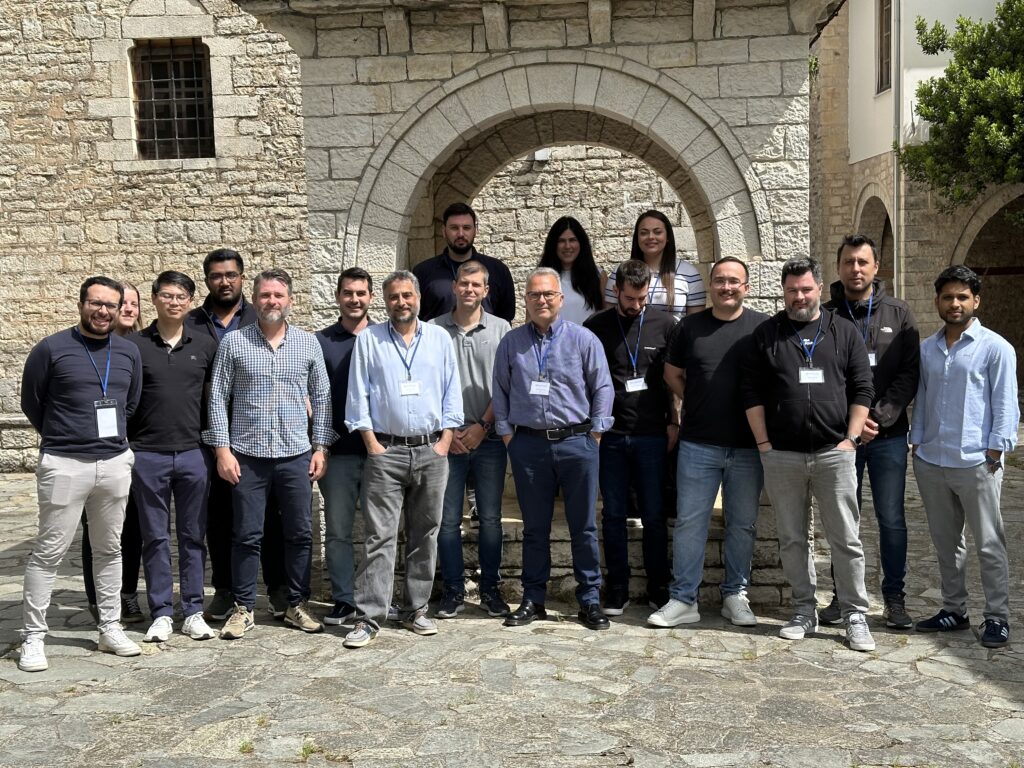
18M Consortium Meeting!
Highlights from the 18M Consortium Meeting! On May 7-8, the 18M Consortium Meeting took place in Ioannina, Greece hosted by our valued partner, UOI (University of Ioannina) This two-day meeting[…]
Read moreAdvancing MultiLab Research for Real-World Impact!
By improving data sharing, standardization, and interoperability, we aim to accelerate research in medical diagnostics and environmental monitoring.Medical Use Case: Identifying fever without a source & differentiating between viral and[…]
Read moreContact Us


Funded by the European Union. Views and opinions expressed are however those of the author(s) only and do not necessarily reflect those of the European Union or of the granting authority. Neither the European Union nor the granting authority can be held responsible for them.
This work has received funding from the Swiss State Secretariat for Education,Research and Innovation (SERI)

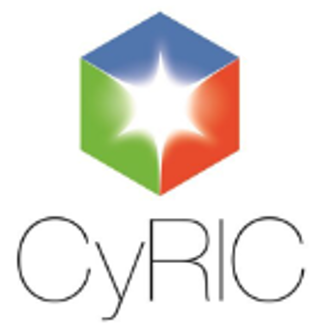

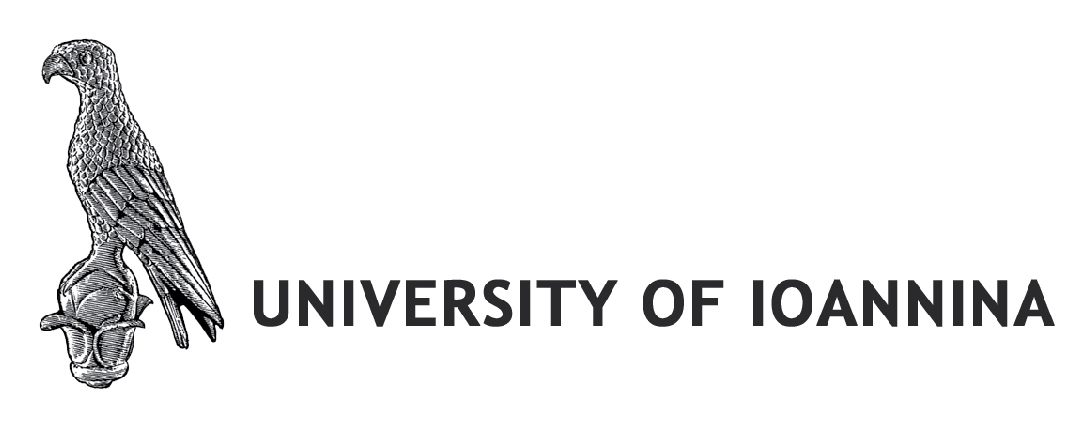

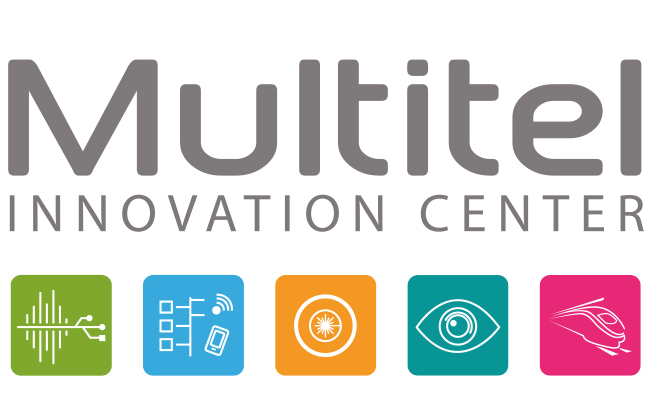



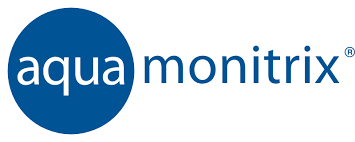

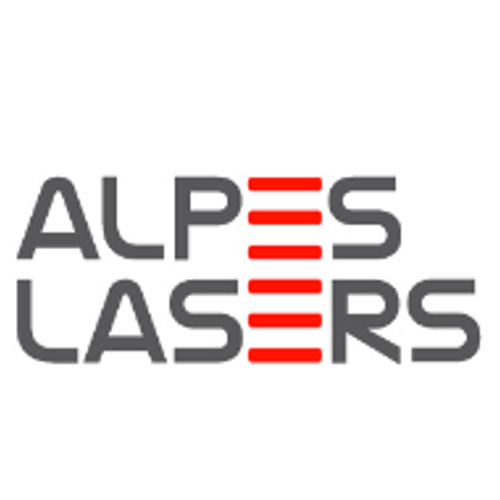


Follow our Social Media
Follow us on LinkedIn
LinkedIn Page
Follow us on Facebook
Facebook Page